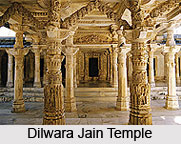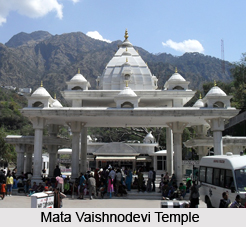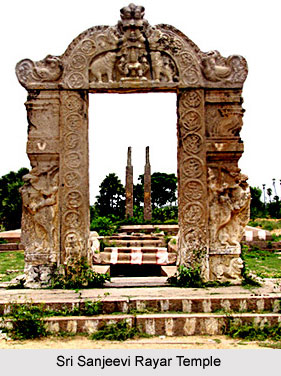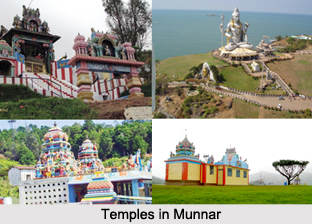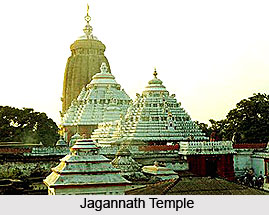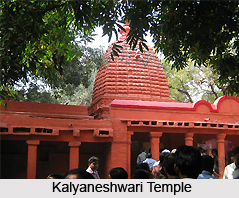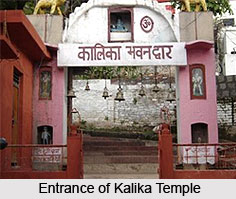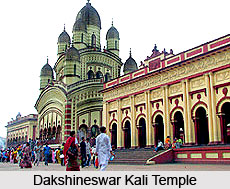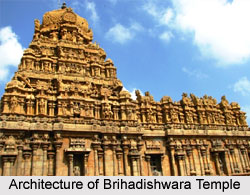Mosques are the religious centre of Islam. The city of Delhi boasts of several ancient mosques that have been built by the Mughal Rulers. These mosques are visited by many devotees and also serve as a centre of learning. These mosques stand as a proof to the brilliant work of Mughal architecture. Some of the most important mosques and shrines in Delhi have been mentioned below:
Jama Masjid
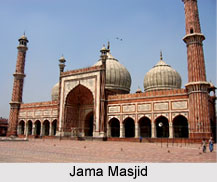 Jama Masjid is the biggest mosque in India. Its original name is Masjid-i-Jahan Numa commonly known as Jama Masjid. It was begun by Shah Jahan in 1650 and completed six years. The whole cost of the construction is about a million rupees. There is a huge courtyard measuring nearly 100msq. The mosque is about 261 feet long and 90 feet wide.
Jama Masjid is the biggest mosque in India. Its original name is Masjid-i-Jahan Numa commonly known as Jama Masjid. It was begun by Shah Jahan in 1650 and completed six years. The whole cost of the construction is about a million rupees. There is a huge courtyard measuring nearly 100msq. The mosque is about 261 feet long and 90 feet wide.
Quwwat-ul-lslam Mosque
Quwwat-ul-Islam mosque was built by Qutub-ud-din Aibak, founder of the Mamluk dynasty. He decided to erect a mosque epitomising the might of Islam. The mosque is a simple rectangle enclosing a central quadrangular court. It measures some 65.2 metres by 45.4 metres externally. The courtyard is surrounded by pillared cloisters with steps on the north, east and south sides. The arcades in the Quwwat-ul-Islam Mosque are of great architectural interest.
Qutbuddin Bakhtiyar Kaki Mosque
Qutbuddin Bakhtiyar Kaki Mosque or grave of the Persian Sufi saint, Qutbuddin Bakhtiyar Kaki is located in Mehrauli. He lived and preached during Iltutmish`s reign and died in 1230.
Khirkee Mosque
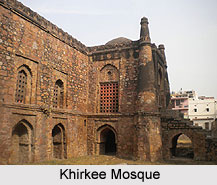 Khirkee Mosque is located about two kilometer northeast of Qutab Minar in the southern center of Khirkee Village. The Khirkee Mosque of Delhi was built by Khan-i-Jahan, the prime minister of Feroz Shah Tughlaq in the late 14th century. There are distinctive window opening with jalis or tracery known as khirkee or latticed windows. The Khirkee Mosque as well as the nearby village got its name from this feature.
Khirkee Mosque is located about two kilometer northeast of Qutab Minar in the southern center of Khirkee Village. The Khirkee Mosque of Delhi was built by Khan-i-Jahan, the prime minister of Feroz Shah Tughlaq in the late 14th century. There are distinctive window opening with jalis or tracery known as khirkee or latticed windows. The Khirkee Mosque as well as the nearby village got its name from this feature.
Tomb and Mosque of Maulana Jamali Kamali
The Tomb and Mosque of Maulana Jamali Kamali is located in the archaeological park in Mehrauli. Jamali was the pet name of Sheikh Fazullah, a poet and traveller who died in fifteen thirty six, and was buried here. The mosque was slightly later and is more ruined in state. The tomb is in a beautifully swept and tranquil enclosure and has been kept locked.
Akbarabadi Masjid
Akbarabadi Masjid was built by Akbarabadi Begum, one of Shah Jahan`s wives in the year 1650. It was later demolished by the British, following their recapture of Delhi during the 1857 Uprising.
Fatehpuri Masjid
Fatehpuri Mosque is located on the opposite end of Red Fort across the Chandni Chowk. It was built by Fatehpuri Begum, one of Shah Jahan`s wives in 1650. It is primarily built of red sandstone and is one of the oldest surviving mosques in India.
Zinat-ul-Masjid
Zinat-ul-Masajid is one of the largest mosques located in the city of Delhi. It is also known as `Ghata Masjid.` The mosque has been named after the daughter of Aurangzeb, Zinat-un-Nissa Begum. The mosque has a large courtyard built on a raised platform and the prayer chamber of the mosque consists of seven arches.
Lal Masjid
The Lal Masjid also known as the Fakrul Masjid, is located in Bara Bazaar. It was built in 1728-29 by Kaniz-i-Fatima in memory of her husband Shujaat Khan. He was a noble in Aurangzeb`s court.
Moti Masjid
The Moti Masjid also known as also known as "the mosque from Lentil" now lies deserted in Delhi. It was built by the Mughal emperor Aurangzeb at the Red Fort complex. The mosque is built from 1659-1660 with white marble.
Sunehri Masjid
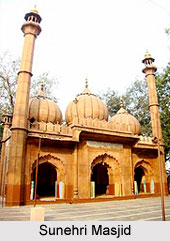 Sunehri Masjid is located near the Red Fort in the city of Delhi. The mosque has been built in 1751 by Nawab Qudsiya Begum, the wife of Emperor Ahmad Shah Bahadur. It is also known as the Golden Mosque. The mosque was built under the supervision of Jawed Khan. The mosque is well adorned with three large domes, a main prayer hall and twin minarets.
Sunehri Masjid is located near the Red Fort in the city of Delhi. The mosque has been built in 1751 by Nawab Qudsiya Begum, the wife of Emperor Ahmad Shah Bahadur. It is also known as the Golden Mosque. The mosque was built under the supervision of Jawed Khan. The mosque is well adorned with three large domes, a main prayer hall and twin minarets.
Shia Jama Masjid
Shia Jama Masjid is located at Kashmiri Gate in Delhi. Hujjatul-Islam Syed Ali Taqvi is its prayer leader. During Muharram one of the oldest processions is taken out from Shia Jama Masjid.
Hazrat Nizamuddin Auliya Dargah
Hazrat Nizamuddin Auliya Dargah is located near Humayun`s tomb. It is a famous shrine of the sufi saint Nizam-ud-din Auliya, who had come to India. The shrine also includes the tombs of Amir Khusrau, the famous Urdu poet and Jahanara as well, the beloved daughter of Shah Jahan who designed Chandni Chowk.
Chiragh-I-Delhi Dargah
Chiragh-I-Delhi Dargah is situated in the village of Chiragh-Delhi. Chiragh-I-Delhi Dargah entombs Nasir-ud-Din Mahmud. It is also known as "Raushan Chiragh-i-Dili." He was a disciple of Hazrat Nizam-ud-Din. Nasir-ud-Din Mahmud had succeeded the Hazrat as the head of the Chishti sect. there are twelve pillars and a square chamber that consists of the tomb of Nasir-ud-Din Mahmud.












